Key Concepts
Before continuing, it is important to understand key concepts that every cognitive engine incorporates.
Intention
Intentions are goals or objectives expressed in a customer's input, such as answering a question or processing a bill payment. By recognizing the intention expressed in a customer input, Lynn can choose the correct dialogue flow to answer it.
How to identify an Intention in Lynn?
The following image shows an example of intention in Lynn. The intention will always be recognizable by the name and logo of its respective cognitive engine. It is also possible that the intention is not connected to your cognitive engine, these cases can be identified as the logo will be crossed out. The following image shows an example of this.
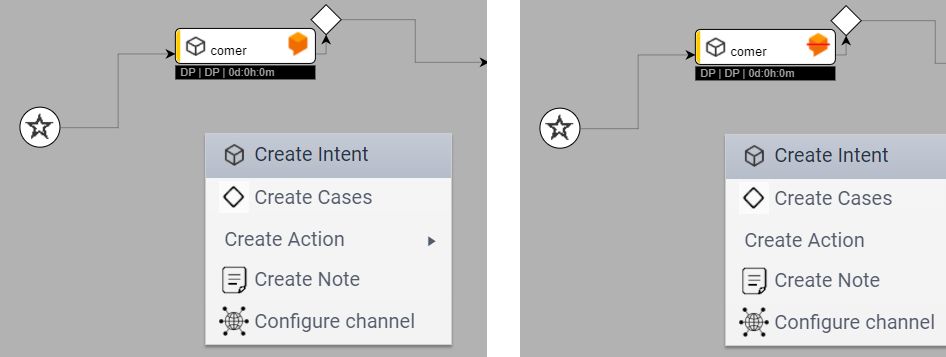
As we mentioned before, the intention will run part of the flow, how can we define which part of the flow we will run? A fundamental part of intentions is training, each intention is trained with different training phrases. In this way, the cognitive engine is able to interpret and predict the user's intention.
Training phrases
These are example phrases of something users might say. When a user expression matches one of these phrases, the cognitive engine makes a match with the Intent. With most cognitive engines, it is not necessary to define all possible examples as the machine learning built into most cognitive engines expands your list with similar phrases.
It is worth noting that Lynn also allows for intent training from its platform. To do this, go to the intent of your interest and select the training option, the window shown in the following image will appear where you can write your training phrase and define your cognitive engine.
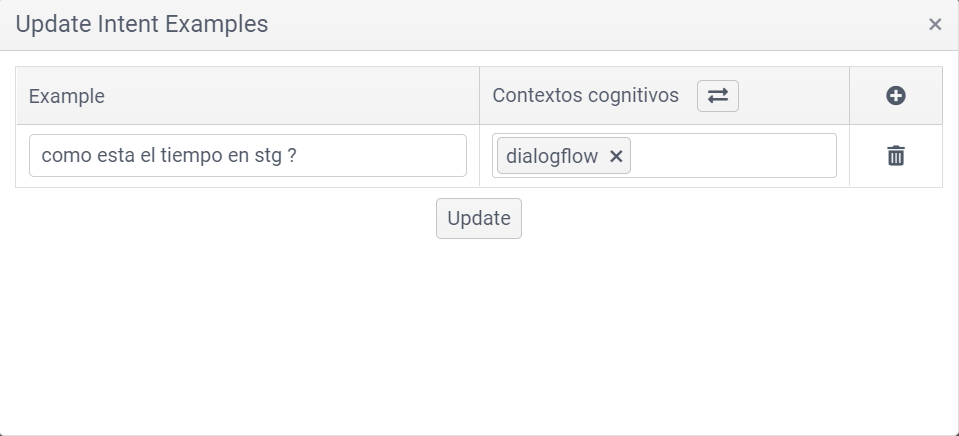
Entities
Represent information in user input that is relevant to the purpose of the user. If intents represent verbs (the action that a user wants to take), entities represent nouns (the object or context of an action).
For example, if the intent is to get a weather forecast, the relevant entities corresponding to location and date need to be identified so the application can return a precise forecast.
Just like intents, entities can be identified in Lynn using cognitive engines. The following image illustrates an example.
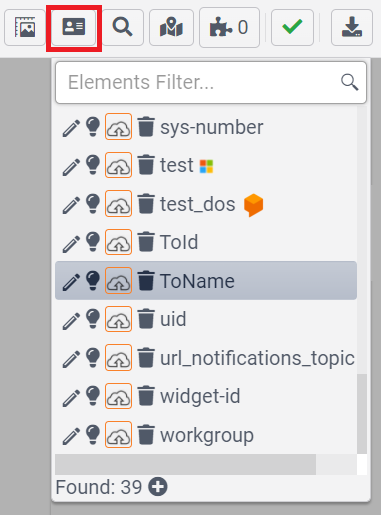
Just like intents each entity can be differentiated from another by its training, in the case of entities the training is called entity value and this value can have different synonyms.
The following image shows an example of the @city entity created in dialog flow. The example shows the @city entity with two possible values “Santiago” and “Rancagua”, in turn each of these values has its associated synonym.
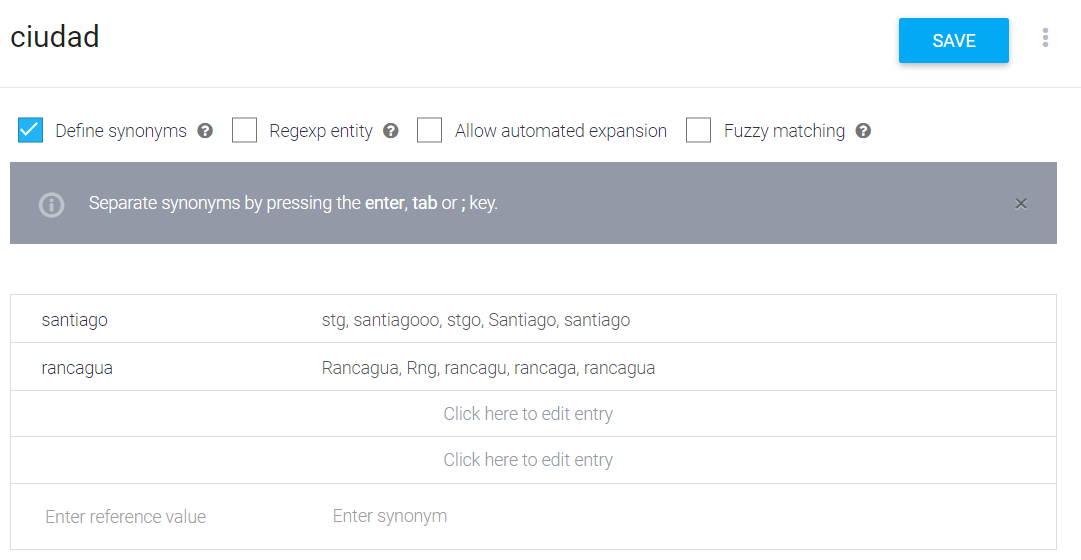
The following image illustrates the behavior of a cognitive engine now using IBM Watson.
On the left side of the image we can see the configuration of the weather intent, as we can see this intent is trained with the phrase “how is the weather in stg?” And the response from IBM Watson was to identify the name of the intent, name of the entity, and the value that the entity represents.
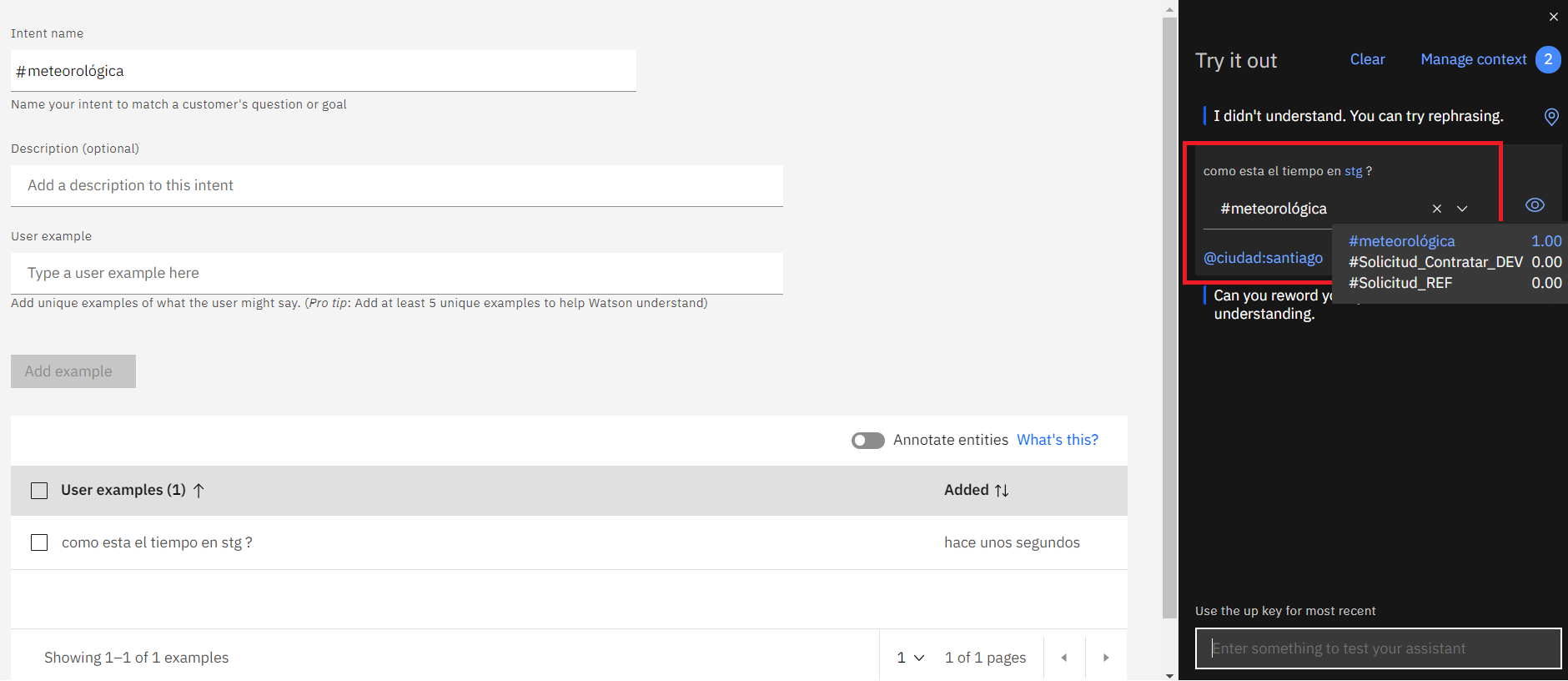
It should be noted that other intentions may contain training phrases that are equal or similar, in these cases it is extremely relevant to observe the acceptance rate of the intention. The previous image shows an example that we can inspect from IBM Watson, in this case in the scale from 0.00 to 1.00 where 1.00 means that the query has a 100% acceptance rate.
From Lynn we can also configure this acceptance rate. Edit or create an intention, this way you can define an acceptance rate for your intention. It is recommended to lower the acceptance rate if your intentions are not fully trained and you can increase the acceptance rate for specific user requests.
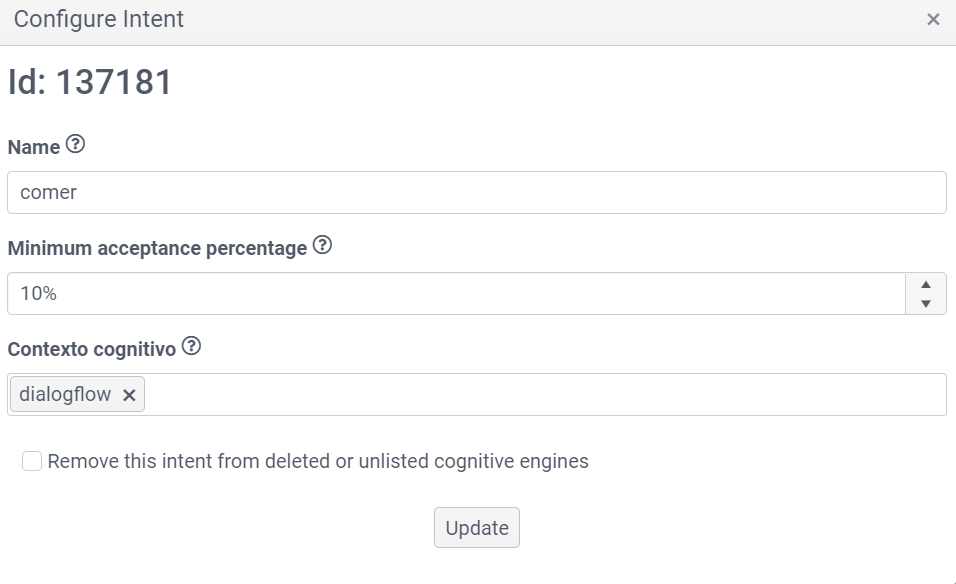
Entities and intentions are basic components of every cognitive engine. Companies that have devoted themselves to the development of these technologies have differentiated themselves by the functionalities of their cognitive engines. In this way, depending on the technology we are using, we can find different alternatives in our cognitive engines, such as integration options, events, conversation contexts, responses, etc.
Overflows in Cognitive Evaluations and their Managers
The process of cognitive evaluation is carried out between two parties, the generation of the sentence to be cognitively evaluated which is communicated by Lynn to the target cognitive engine, and the cognitive engine which is responsible for carrying out the consequent cognitive evaluation management according to the training configured in said engine.
In order to guarantee the management of the majority or totality of the overflow cases that may arise in the evaluation process of a sentence, a model of execution of overflows in cognitive evaluations and managers is available in order to be able to typify said cases and thus be able to adequately manage in the flow or inspect their nature
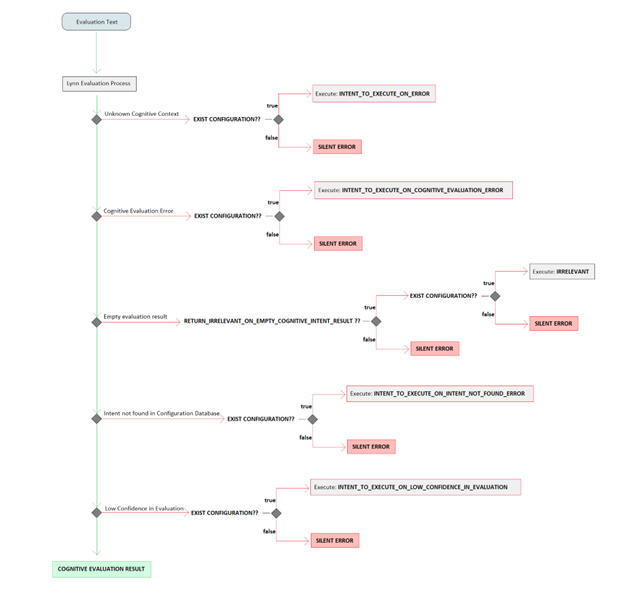
Silent Error Information Entity Structure
"EvaluationErrorCause": [errorCause]
"EvaluationErrorCode": [errorCode (string)]
Error Codes and Descriptors
| Codigo | Descriptor |
|---|---|
| 500 | Unhandled error |
| 501 | Unknown error |
| 502 | Unknown cognitive context type |
| 503 | Confidence of intent below required |
| 504 | Intent not found in Configuration Database |
| 505 | There is no cognitive context configured |
| 506 | Cognitive intent result is empty |
| 507 | Wake Up Mode not configured |